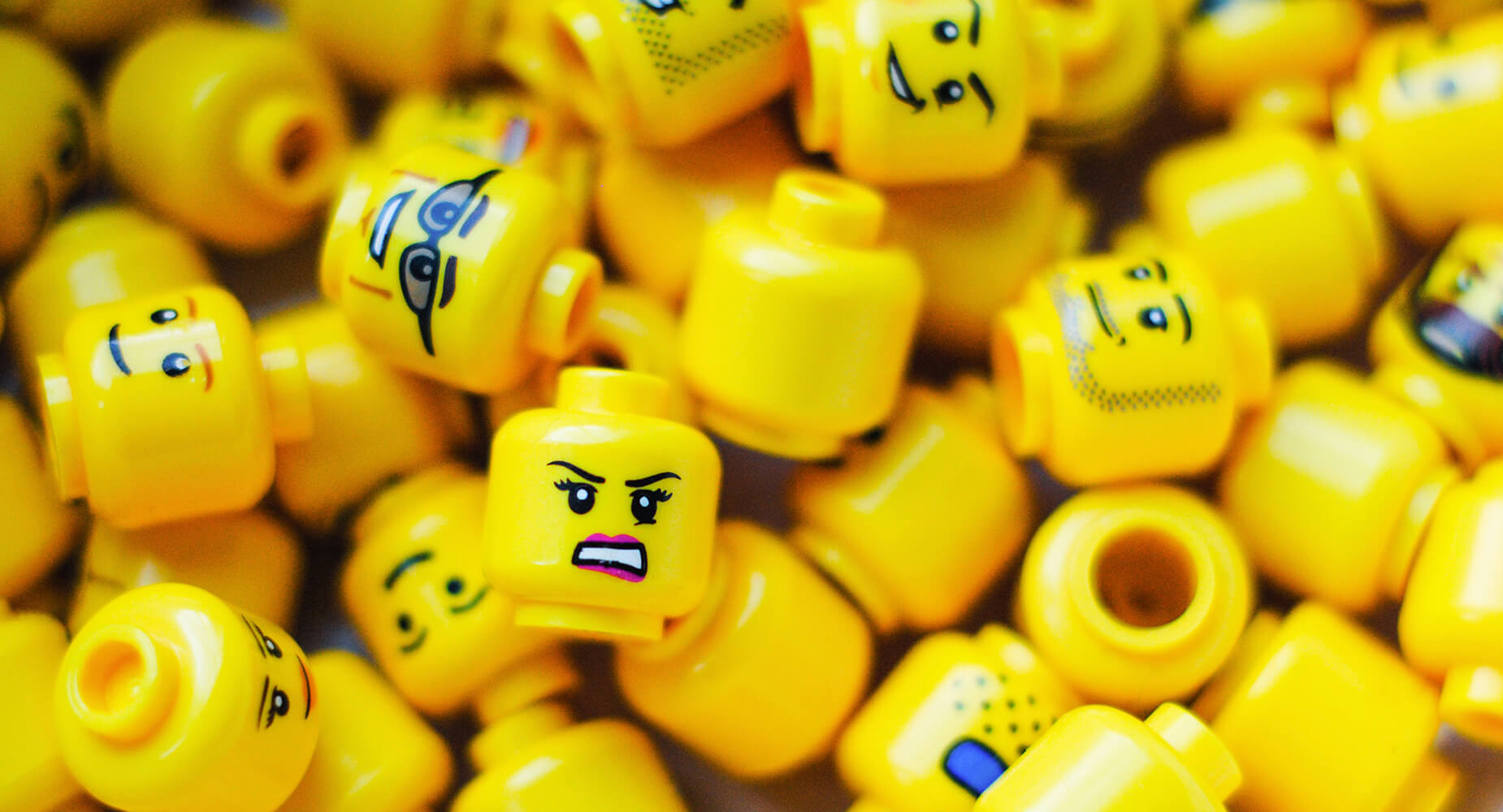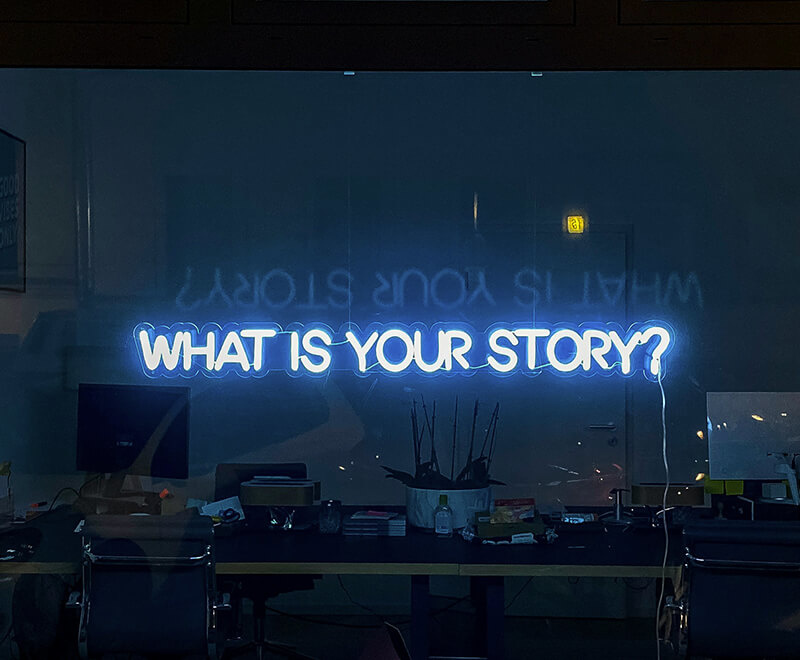It’s been hailed by some as a crucial tool in the fight against intolerance, and labelled by others an elitist campaign for press censorship. Sam Barnett takes a look at ‘Stop Funding Hate’ and the recent media coverage surrounding the campaign.
What happened?
The Daily Mail, Daily Express and The Sun have a history of inflammatory headlines. However recent front pages have been considered particularly punchy, questioning the ages of child migrants, the judiciary’s decision on triggering Article 50 and even the legitimacy of Gary Lineker’s opinions.
In response, the Stop Funding Hate campaign has gained real momentum. Founded in August 2016, the campaign aims to get companies to stop advertising with the offending trio of publications and has specifically set its sights on Aldi, Asda, Barclays, British Airways, Co-op UK, Gillette, Iceland, John Lewis, Marks & Spencer, Morrisons, Virgin Media and Waitrose.
The movement claimed its first scalp last week, with Lego announcing that it is “not planning any future promotional activity” with the Daily Mail. The day before, Lineker shared a Stop Funding Hate video and said that he is speaking with Walkers about their association with The Sun.
Bolstered by its Lego success and the endorsement of Britain’s foremost footballer-cum-crisp cruncher, Stop Funding Hate has become a prominent voice in the debate on press standards.
Why is it important?
To quote Creative Review, Stop Funding Hate is making brands ask “difficult questions of themselves and forcing that debate into the open”.
Brands that have primarily looked at circulation and audience demographic are now having to consider whether advertising means endorsement.
It also reflects a broader societal shift, one in which the consumer is more empowered than ever. True, crowds have long been able to influence corporate decisions – just think of the withdrawal of New Coke in the ‘80s – however their power has increased dramatically.
The digital age has meant that consumers now have conversations with brands through social and online media. These interactions are monitored closely by brands, keen to protect their reputation online. When consumers join a movement like #StopFundingHate, brands are faced with awkward questions.
What’s the reaction been?
As mentioned, the campaign has succeeded in convincing Lego to respond and it may impact Walkers’ marketing. The Lego decision gained significant attention, including the pictured G2 cover and Hugh Grant announcing that his whole family, including his dad, will be getting mini plastic bricks for Christmas.
That said, the campaign is yet to produce too many other results. The Co-Operative Group said it would be reviewing its media spend following pressure from Stop Funding Hate, however there has been silence from other brands. John Lewis has flat batted any suggestion that it would withdraw its advertising.
More damningly, the campaign has also been accused of being hypocritical. Writing for Spectator, Brendan O’Neill skewered Stop Funding Hate, comparing the campaign to African dictators and the FBI in using commercial pressure to tarnish newspapers they disagree with. He argues that the campaign is being “elitist, repugnant and illiberal” in trying to suppress voices it disagrees with.
Best headline?
Beware the thought police and their boycotts – Hugo Rifkind, The Times, 15th November
What’s next?
Other than Hugh Grant’s dad yelping on Boxing Day as he steps on yet another piece of Lego?
Will other brands drop their advertising? Out of Stop Funding Hate’s targets, few seem to have the “right on” credentials to succumb to the pressure group. After all, this decision will be driven by the impact on a brand’s reputation and, therefore, the bottom line.
For instance, it is hard to see Marks & Spencer giving up a route to reaching middle-class, middle-incomers through the Daily Mail or for Gillette to abandon The Sun, a paper which has unrivalled print access to under 35-year-old men.
Perhaps the heat will instead lead to more considered headlines, which have been brazen by even British tabloid standards. After all, when The Sun picks a fight with Britain’s most-loved footballing icon, you know that coverage has reached fever pitch.




